 Shutterstock
Shutterstock
Training a dog is a fulfilling experience, but certain breeds are more challenging than others. While many dogs are eager to learn and please, some have stubborn personalities that can turn basic obedience training into a real workout. These breeds may be independent, easily distracted, or less motivated to follow commands. However, with enough patience, consistency, and a sense of humor, even the most strong-willed dogs can become well-behaved companions. Understanding the specific traits of these breeds is key to overcoming the challenges and making training successful.
Afghan Hound
 Shutterstock
Shutterstock
Afghan Hounds are known for their stunning appearance and aloof nature, but this breed also has a reputation for being difficult to train. These dogs are independent and often seem more interested in doing their own thing than following commands. Their strong prey drive can make them easily distracted, especially outdoors. While Afghan Hounds are intelligent, their stubbornness and self-reliance make them less likely to be motivated by typical training methods. They require patience, creativity from their owners, and a lot of persistence to master basic obedience.
Basenji
 Shutterstock
Shutterstock
Basenjis are sometimes called “the barkless dog,” but don’t let their quiet demeanor fool you—they can be a real handful to train. Known for their independence and cat-like behavior, Basenjis are not easily motivated to follow commands. They have a strong hunting instinct and can be easily distracted by sights, sounds, or smells in their environment. Training a Basenji requires persistence and a sense of humor, as they are known for testing boundaries and figuring out how to outsmart their owners. Positive reinforcement and short, engaging training sessions can help, but this breed doesn’t expect immediate results.
Bulldog
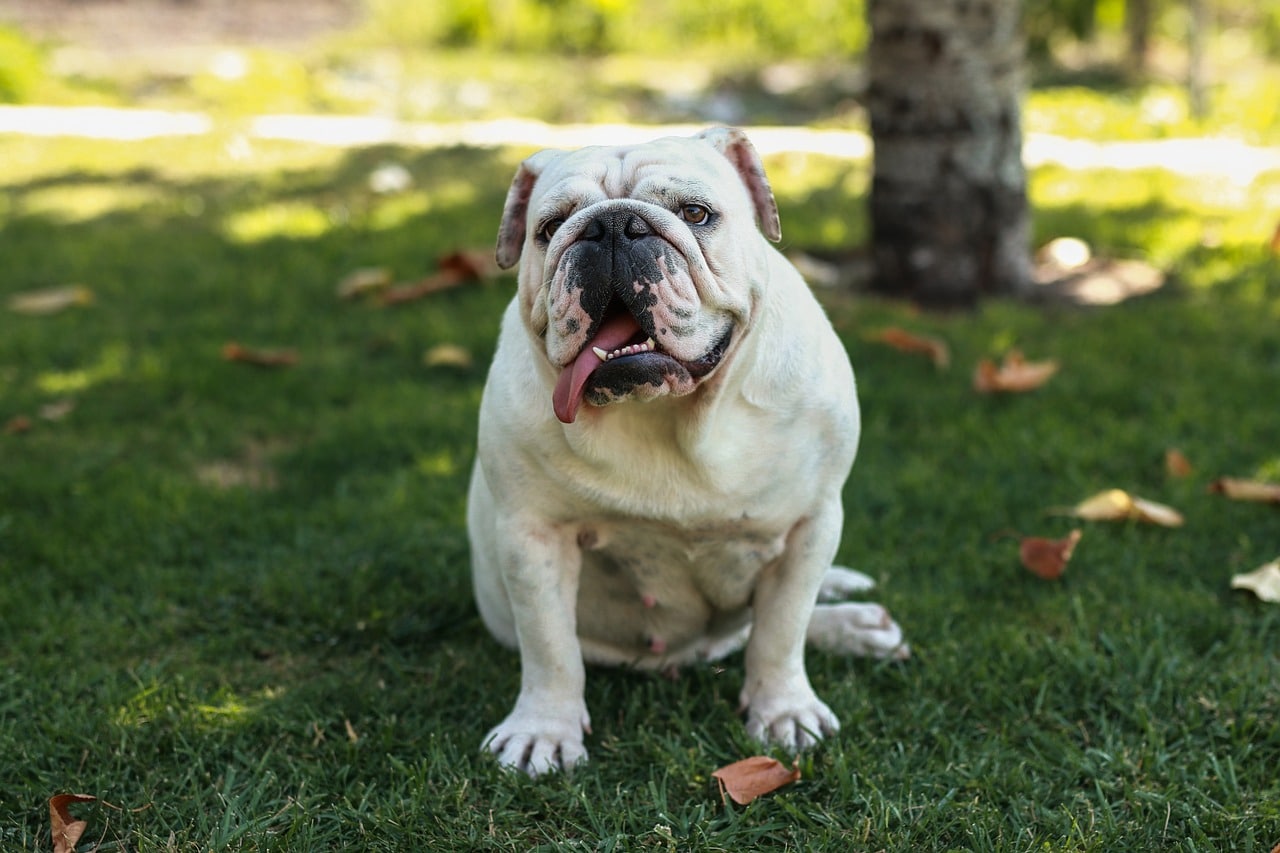 Shutterstock
Shutterstock
Bulldogs are beloved for their affectionate, laid-back personalities but are also notoriously stubborn regarding training. These dogs are not the most eager to follow commands, and they tend to move at their own pace. Bulldogs can resist change and may need extra encouragement to participate in training sessions. While they are gentle and loving, their independent streak makes obedience training a challenge. Patience and consistency are key, and owners may need to be extra motivating (think tasty treats) to get a Bulldog to cooperate.
Shiba Inu
 Shutterstock
Shutterstock
The Shiba Inu is a small, fox-like dog with a big personality. These dogs are known for their independence and strong will, which can make training difficult. Shiba Inus are intelligent but often prefer to make their own decisions rather than follow their owner’s commands. Their stubbornness and aloofness mean they are less motivated by praise or treats than other breeds. Shiba Inus requires an experienced owner who is patient and persistent in training. While they may not be the easiest breed to train, they can be loyal and well-behaved with the right guidance.
Chow Chow
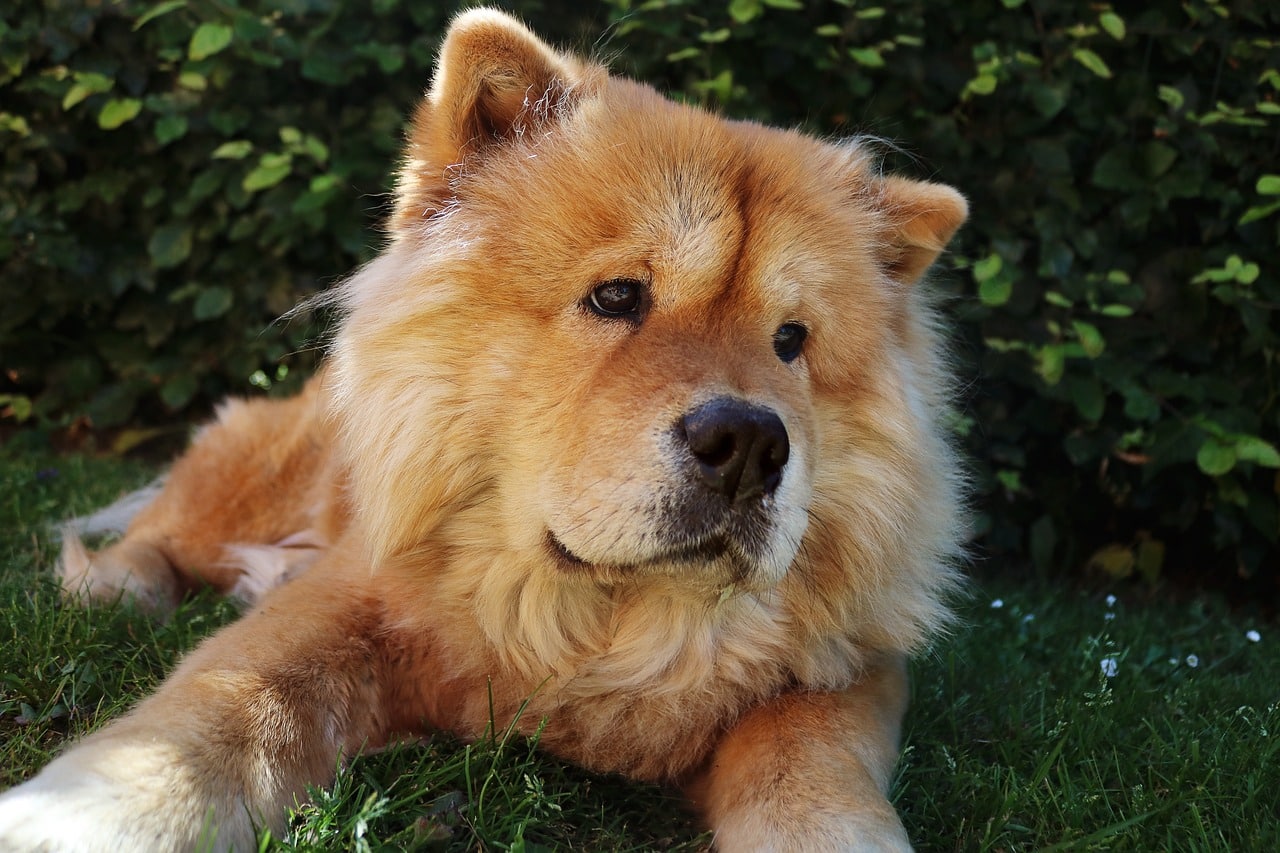 Shutterstock
Shutterstock
Chow Chows are dignified, independent dogs that often have a mind of their own. Their regal appearance is matched by their strong-willed personality, making them one of the more difficult breeds to train. Chows are not particularly motivated to please their owners, and they can be stubborn and aloof. They also have a strong territorial instinct, which can make socialization and training even more challenging. Consistency and early training are crucial for this breed, as they are known for their dominant personalities. Owners must be firm but patient to succeed in training a Chow Chow.
Dachshund
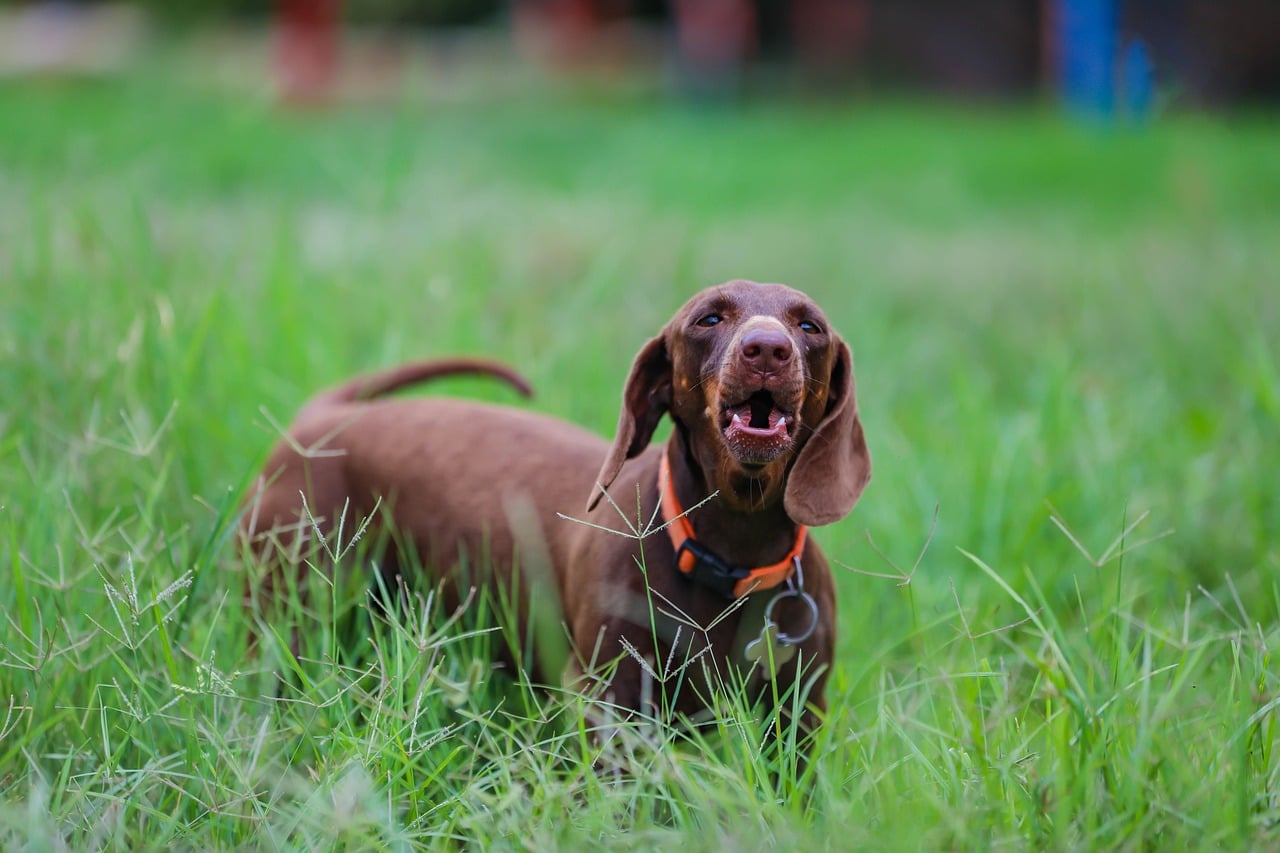 Shutterstock
Shutterstock
Dachshunds may be small in size, but they have a big personality—and plenty of stubbornness to match. These little dogs were originally bred for hunting, and their independent nature reflects that heritage. Dachshunds are intelligent, but they can be headstrong and may choose to ignore commands if they don’t see the benefit of following them. Training a Dachshund requires patience and creativity, as they tend to get bored easily. Positive reinforcement and short, engaging training sessions are the most effective methods for keeping a Dachshund interested and focused.
Jack Russell Terrier
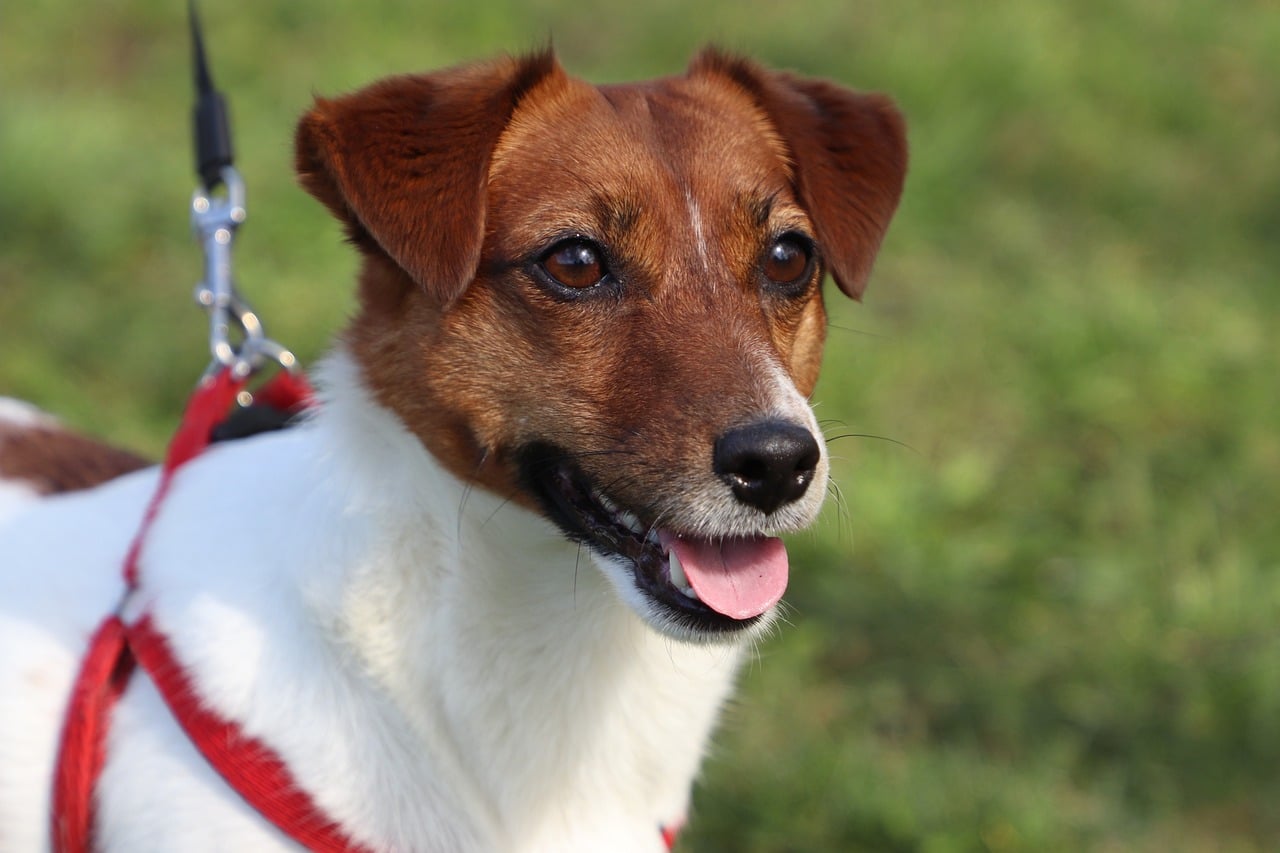 Shutterstock
Shutterstock
Jack Russell Terriers are energetic, intelligent, and full of personality, but they can also be incredibly challenging to train. These dogs have a strong prey drive and are easily distracted by anything that moves. Their high energy levels mean they need plenty of physical and mental stimulation; without it, they can become unruly. Jack Russells are independent thinkers and may test their owner’s patience during training. Consistency, positive reinforcement, and plenty of exercise are essential for keeping a Jack Russell Terrier engaged in training and preventing behavioral issues.
Basset Hound
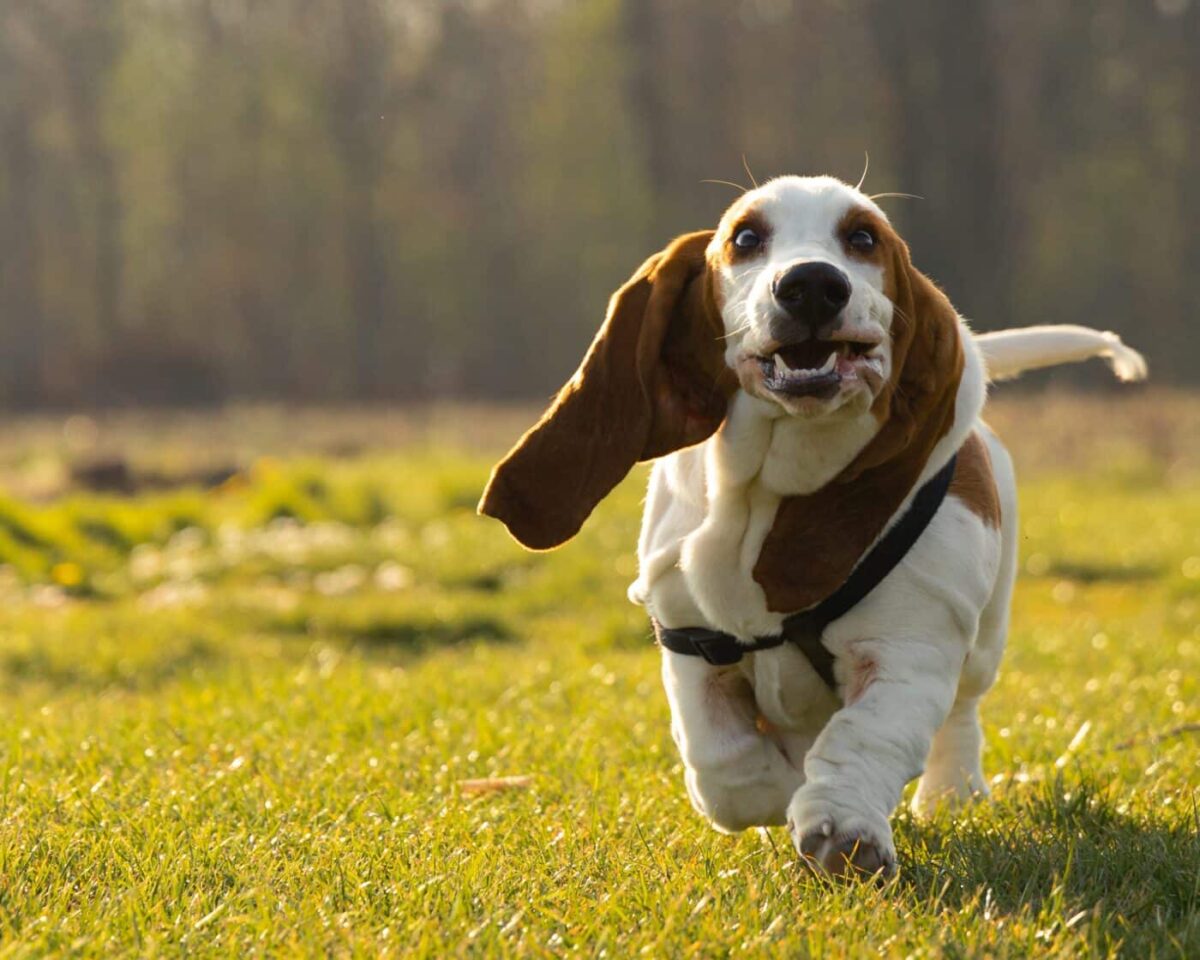 Shutterstock
Shutterstock
Basset Hounds are lovable, laid-back dogs with a keen sense of smell, but they are also known for being incredibly stubborn. Their independent nature and strong focus on following scents can make them difficult to train. Bassets are not particularly motivated to follow commands, especially if there’s an interesting smell to investigate. Training a Basset Hound requires patience and persistence, as they are slow learners and may need extra encouragement to stay focused. Short, positive training sessions are best, and owners should be prepared for a dog that marches to the beat of its own drum.
Alaskan Malamute
 Shutterstock
Shutterstock
Alaskan Malamutes are strong, independent dogs with a mind of their own. Bred for pulling sleds, these dogs are used to working independently and making decisions independently, which can challenge obedience training. Malamutes are intelligent but can be stubborn and may ignore commands if they don’t feel like following them. Training a Malamute requires a confident, experienced owner who can establish leadership and provide consistent, firm training. Early socialization and obedience training are essential for this breed to prevent dominant behavior.
Weimaraner
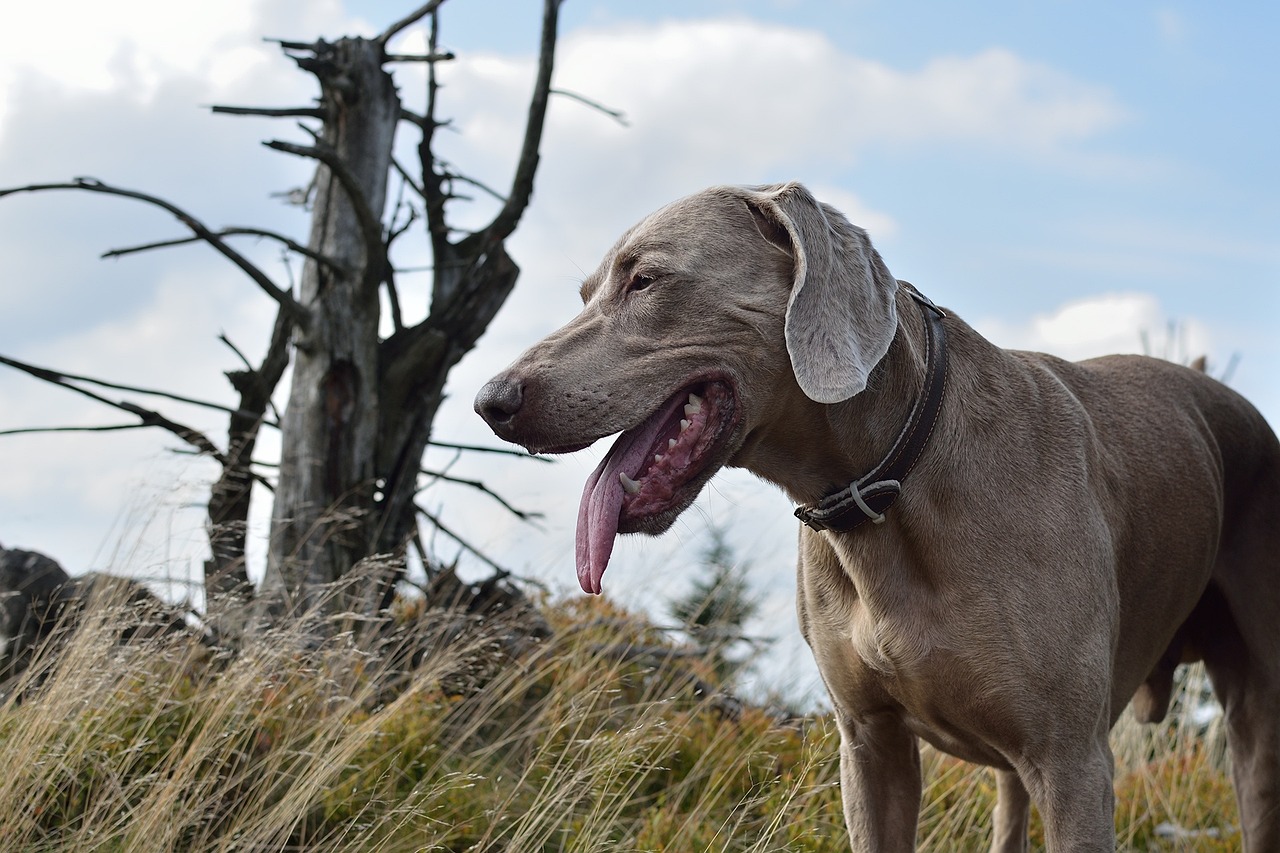 Shutterstock
Shutterstock
Weimaraners are energetic, intelligent dogs that love to be active, but their high energy levels and independence can make them difficult to train. These dogs were originally bred for hunting, and they have a strong prey drive that can easily distract them during training sessions. Weimaraners need plenty of physical and mental stimulation to stay focused; without it, they can become stubborn or unruly. Consistency and positive reinforcement are key when training a Weimaraner, but owners should be prepared for a dog that requires plenty of patience and persistence.
Coonhound
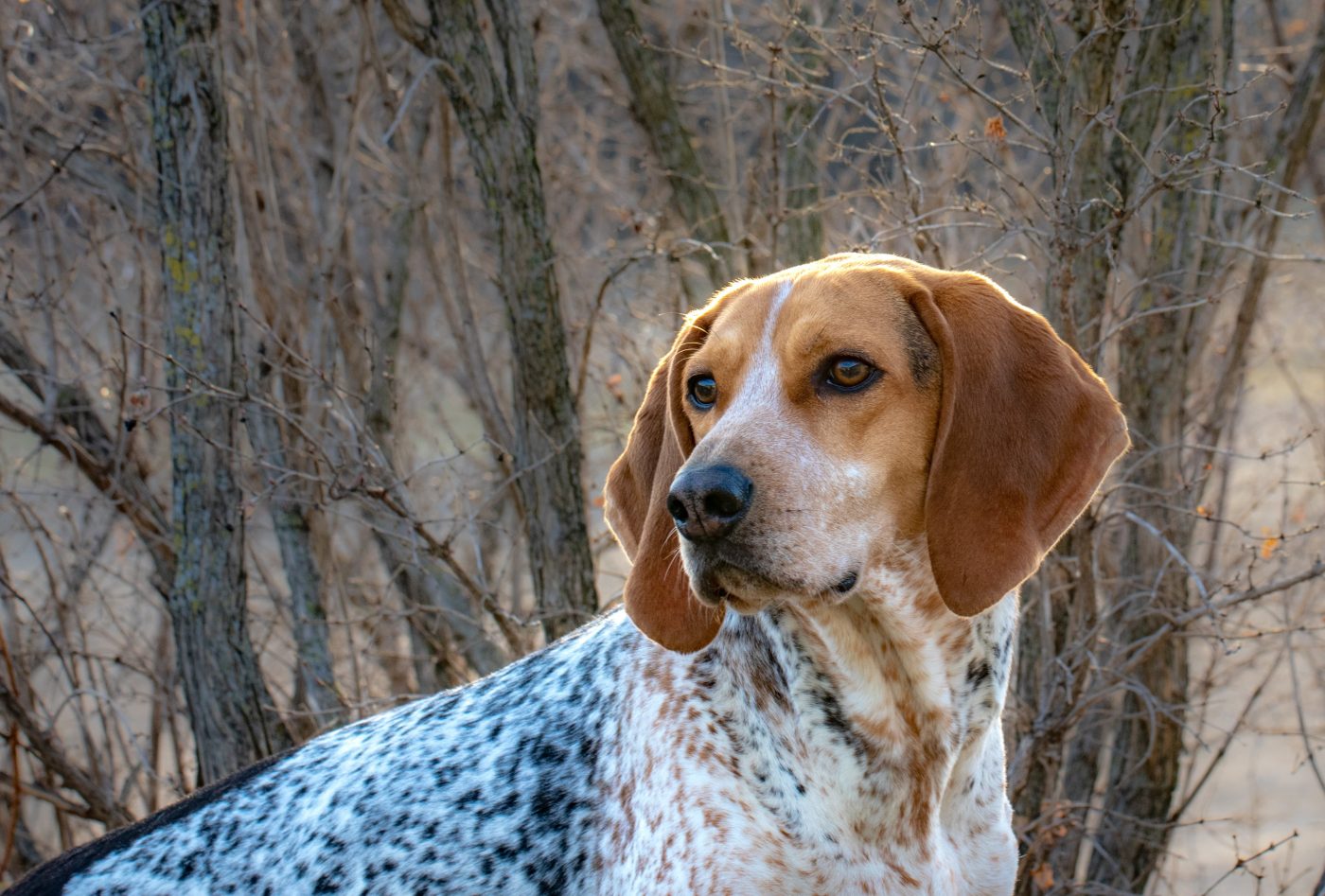 Shutterstock
Shutterstock
Coonhounds are known for their excellent sense of smell and hunting instincts, but these traits can challenge training. These dogs are independent and tend to follow their nose, which means they can become easily distracted by scents during training sessions. Coonhounds are also known for being stubborn and may require extra motivation to follow commands. Training a Coonhound requires patience, positive reinforcement, and regular opportunities to use their natural instincts, such as scent tracking and hunting exercises.
Irish Wolfhound
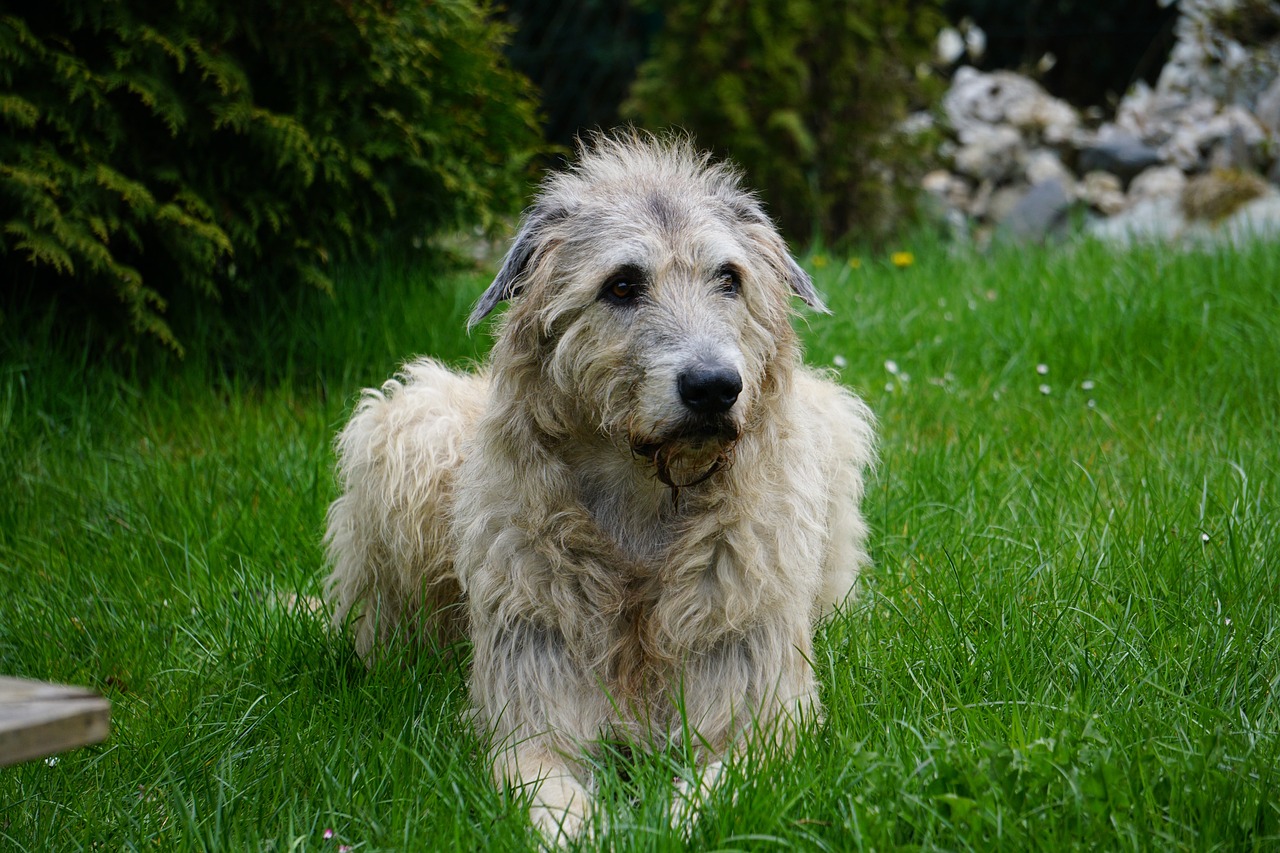 Shutterstock
Shutterstock
Irish Wolfhounds can be difficult to train despite their gentle and friendly nature due to their size and independent mindset. These dogs are intelligent but tend to be slow learners, and their laid-back attitude can make them less responsive to training commands. Irish Wolfhounds are also known for their stubbornness, especially when it comes to following directions that don’t interest them. Training a Wolfhound requires patience, consistency, and a calm, firm approach. They can become well-behaved companions with the right training, which may take longer than other breeds.
Chinese Shar-Pei
 Shutterstock
Shutterstock
The Chinese Shar-Pei is known for its distinctive wrinkled appearance and aloof nature. While these dogs are loyal and protective, they can also be incredibly stubborn and difficult to train. Shar-Peis are independent thinkers and may not always be motivated to follow commands. Early socialization and consistent training are essential for this breed, as they can be prone to dominant or territorial behavior. Owners must establish themselves as leaders and provide firm but positive reinforcement to ensure a well-behaved Shar-Pei.
Scottish Terrier
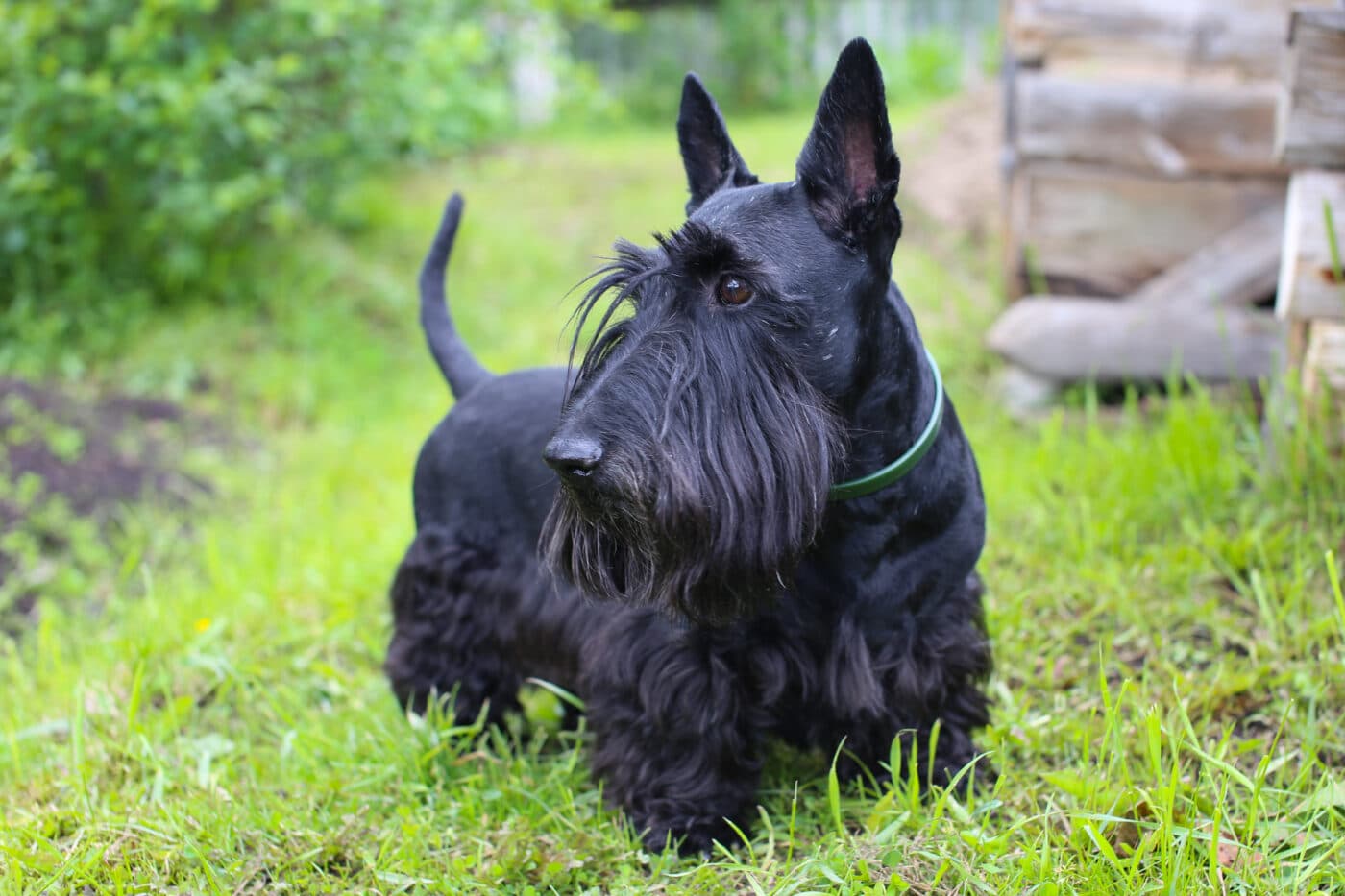 Shutterstock
Shutterstock
Scottish Terriers, or “Scotties,” are small dogs with big personalities. They are known for their independence and strong will, which can challenge training. Scotties are intelligent, but they often prefer to do things their way, and they can resist following commands that don’t interest them. Training a Scottish Terrier requires patience, consistency, and a lot of positive reinforcement. Despite their stubbornness, Scotties can be loyal and affectionate companions with the right training approach.
Borzoi
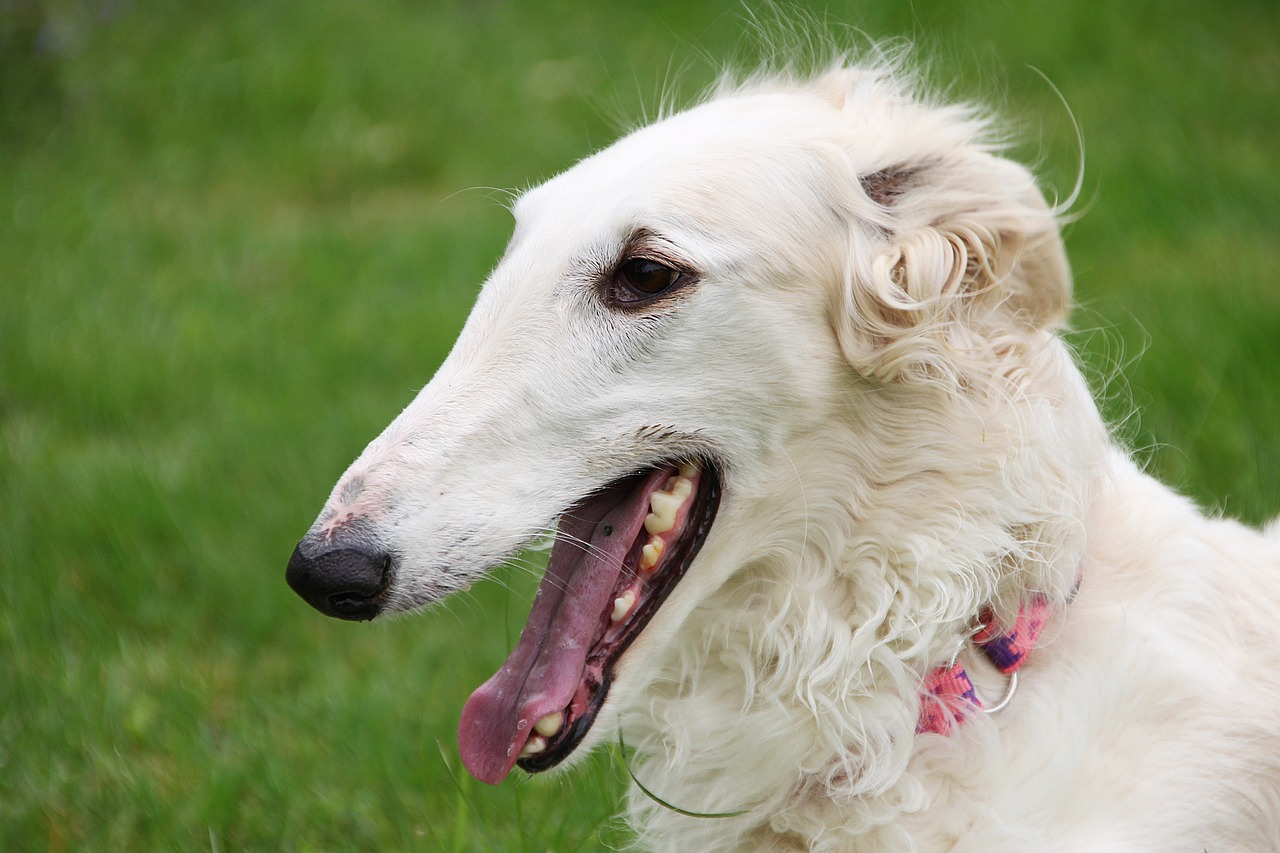 Shutterstock
Shutterstock
Borzoi dogs, also known as Russian Wolfhounds, are elegant and independent but are not always eager to please their owners regarding training. These dogs are intelligent, but their aloof nature can make them difficult to motivate during obedience sessions. Borzois were bred to hunt independently, which means they are more focused on chasing prey than following commands. Training a Borzoi requires patience, persistence, and plenty of positive reinforcement. They can become well-behaved companions with time and dedication, but they may always have a streak of independence.
A Test of Patience and Persistence
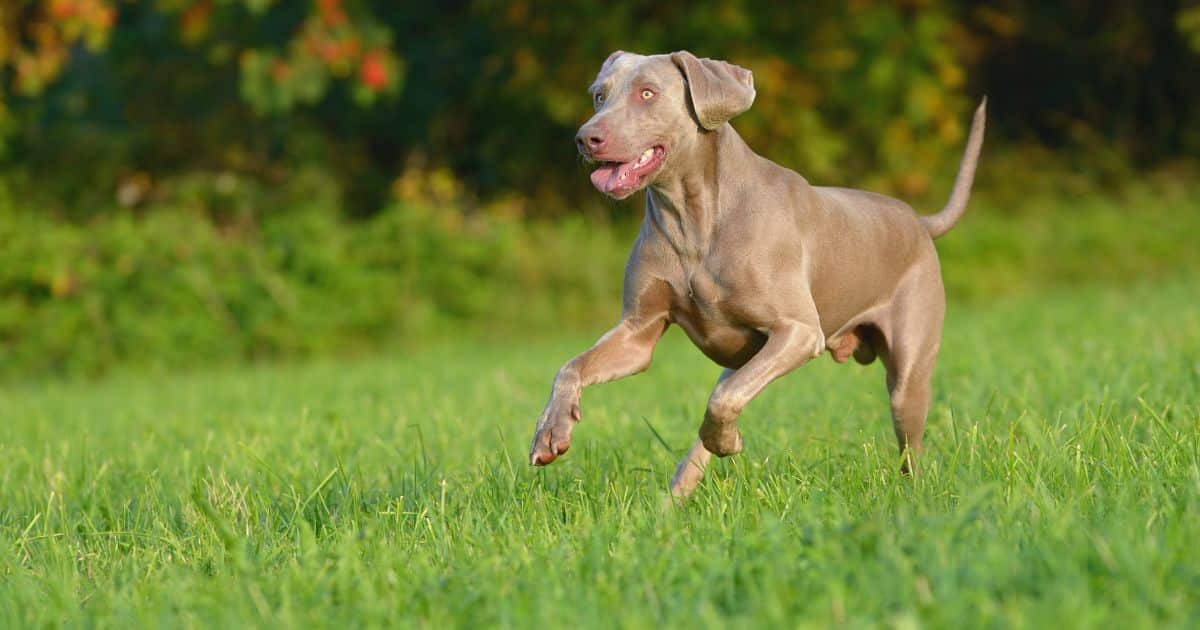 Shutterstock
Shutterstock
Training these dog breeds can be a real workout, requiring patience, persistence, and creativity. Each breed presents its own set of challenges, but with the right approach, they have the potential to become well-behaved companions. By understanding their instincts and motivations, you can adapt your training methods to meet their needs. With time, consistency, and positive reinforcement, even the most stubborn dogs can learn to follow commands and become loyal, beloved family members. Staying dedicated and adjusting your approach is key to building a strong bond with these strong-willed breeds.
 Toledo, United States.
Toledo, United States.